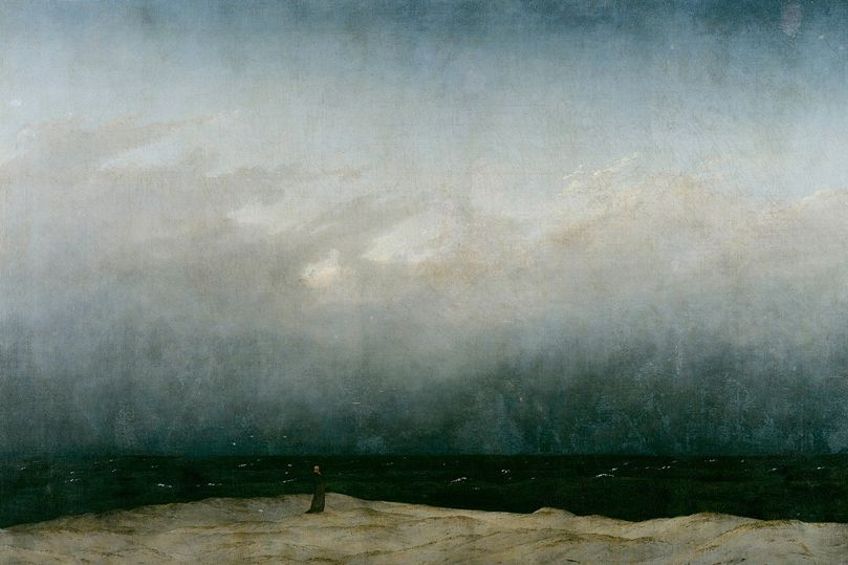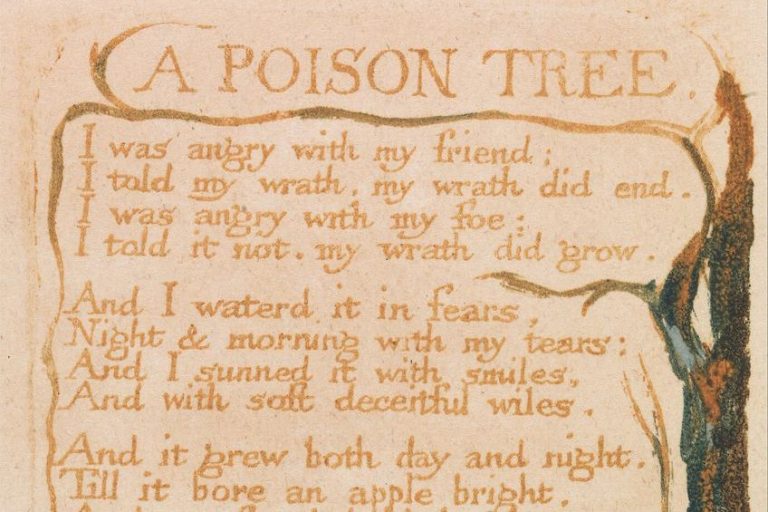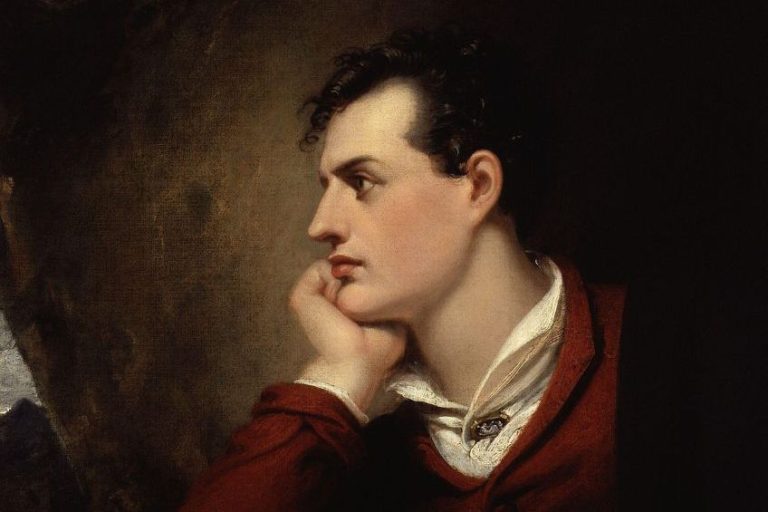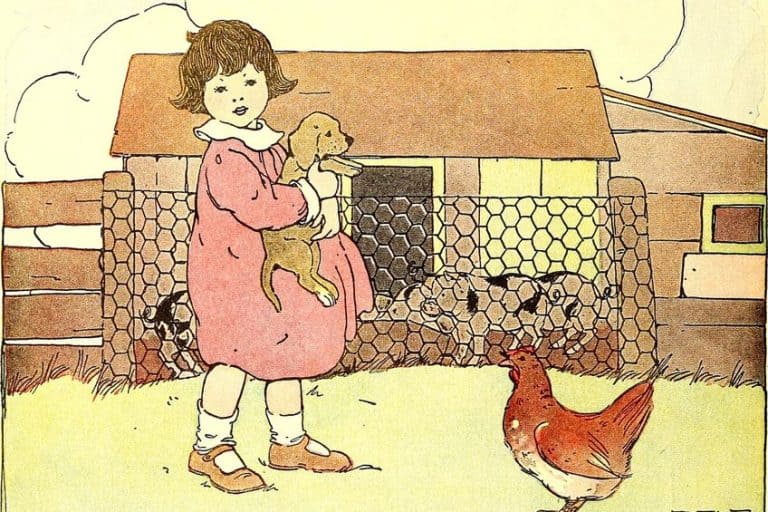Pastoral Poetry – A Guide to Prose About Rural Landscapes
When it comes to poetry, the natural world is often a major source of love and appreciation. We love nature and certain poetic varieties try to focus on that very thing. This is where pastoral poetry enters the scene. We will be examining a number of different aspects of pastoral poetry today, such as its origins, characteristics, present use, and examples of the form. If that, and a fixation on rural landscapes, seems like your walk in the woods, then stay a while and learn some more!
Table of Contents
A Look at Pastoral Poetry
There tends to be a special kind of draw when it comes to rural and natural landscapes. The human animal often finds a certain peace and beauty within such spaces. This is what pastoral poetry aims to show. This form is usually concerned with presenting a gorgeous and idyllic interpretation of rural life, and it has ancient origins too. So, let’s tap into that sense of natural awe together and have a look at pastoral poetry.

Summary of Pastoral Poetry
Before we jump on in and wade around the waters of pastoral poetry, let’s have a pit stop at a summary! This may not be necessary for everyone who is interested in pastoral poetry, but it can certainly help:
- Pastoral poetry is concerned with rural life. This is the primary characteristic for which pastoral poetry is known, and there tends to be a very positive and idyllic interpretation of said rural landscapes in pastoral poems.
- Pastoral poetry began in ancient Greece. The earliest instances of this form of poetry, like many other forms of poetry, can be traced all the way back to this Classical period. Theocritus is seen as the father of the form.
- Pastoral poetry is still in use today. While most of the immensely famous examples of pastoral poetry were written in earlier times, pastoral poetry continues to be written today and, when not written directly, it does still often have a direct influence on poems that explore natural themes and ideas.
We all know that summaries are inherently flawed. By their very nature, they are too short and do not go into any real detail, but that’s what the rest of this article is for!
So, if this summary was not enough, let’s keep going!
The Origins of Pastoral Poetry
The origins of this particular form of poetic expression can be traced back to Theocritus, who was an ancient Greek poet. So, the earliest origins of this poetry are truly ancient. Other writers, such as Virgil, the later Romantics, and many others, would come to present their own versions of pastoral poems. The form would persist into the present day and can now be found in various places around the world, although we will look at that in a little more depth below.

The Characteristics of Pastoral Poetry
The primary characteristic of pastoral poetry is its focus on rural life. However, this rural life is usually shown in very idyllic terms, such as a focus on a kind of divine beauty. In addition, there tend to be allegorical or metaphorical ways in which these pastoral landscapes are presented to the reader. For instance, the rural countryside is often shown to have a certain innocence that urban landscapes do not possess. In many ways, pastoral poetry exists as a contrast to other forms of poetry for this reason. It does indeed typically focus on the real world, in a sense, but it does so by exploring it from an overly optimistic lens.
This fixation on the natural has led it to become quite an influential genre of poetry.
The Prevalence of Pastoral Poetry in the Modern Day
When exploring a kind of poetry and trying to understand its presence in the modern day, I have always found in my own experience that it is not necessarily useful to simply claim that some type of poetry does still exist. Instead, where have the tendrils of influence managed to move into the present day? Basically, pastoral poetry does still exist, but the most famous versions are generally those that are older.

However, pastoral poetry also had a major influence on nature poetry in general. And when it comes to poems about the natural world, there is no reduction in the production of such poems in the present day. For this reason, if we are to take the influences of pastoral poetry over just standard pastoral poems and have a look at their prevalence today, there are probably more than there’s ever been before!
Pastoral poetry, and the nature poems that have followed from it, are alive and well today.
Examples of Pastoral Poems
We learn best about a topic when we do one simple thing, and that’s to have a look at several examples. So, we are going to engage in that exact same type of activity, because being educational is often inherently unoriginal, and we’ll look at two such instances of pastoral poems that have become influential examples of the form.

The Passionate Shepherd to His Love (1599) by Christopher Marlowe
| Date Published | 1599 |
| Type of Poem | Pastoral poem |
| Rhyme Scheme | AABB |
| Meter | Iambic tetrameter |
| Topic | A shepherd’s desired life |
The Passionate Shepherd to His Love is a pastoral poem that focuses on the life of a shepherd as he thinks about the world that he wishes to create for the woman that he loves. The natural world that he describes in this poem focuses on a rural presentation, a kind of natural sensuality, and an idealized form of love.
This has gone on to become one of the best-known examples of pastoral poetry ever written.
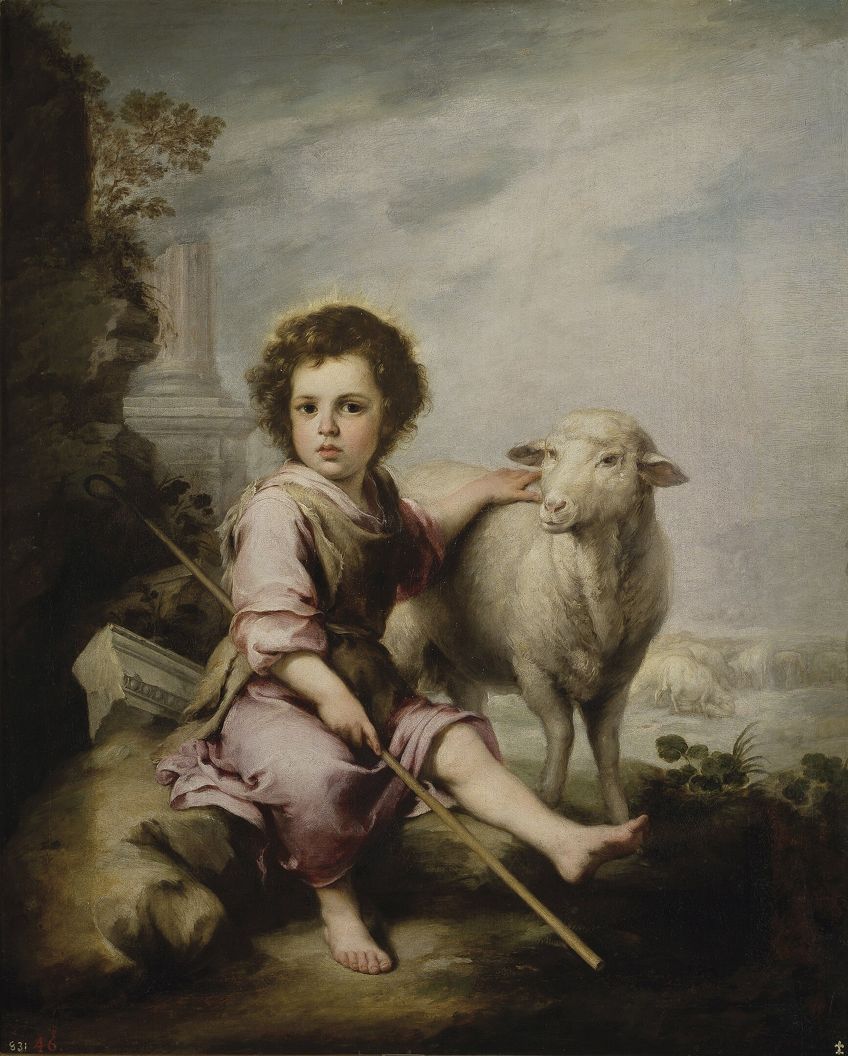
Lycidas (1638) by John Milton
| Date Published | 1638 |
| Type of Poem | Pastoral elegy |
| Rhyme Scheme | Variable |
| Meter | Iambic pentameter |
| Topic | Elegy for Edward King |
Lycidas is both a pastoral poem and an elegy. The poem was written for one of Milton’s friends, a man named Edward King, who tragically drowned. The poem uses many different pastoral elements to create the image of a natural landscape while also focusing on the sense of mourning and what comes after death. The idyllic landscape is used as a representation of innocence and beauty and, as a result, this poem has become seen as an archetypal pastoral poem.

We have come to the end of our brief examination of pastoral poetry, but there is still much that we can learn if we wish to do so. This article has quickly explored some elements, such as the origins and characteristics of pastoral poems, but if you want more of this kind of rural-focused poetry, there is so much out there for you to find!
Frequently Asked Questions
What Is Pastoral Poetry?
When it comes to understanding pastoral poetry, it is rather easy to do so because it is poetry that focuses on a pastoral existence. This means that pastoral poems explore rural life, the countryside, nature, those who work in such environments, and so on.
What Are the Characteristics of Pastoral Poetry?
When we take a look at pastoral poetry in general, there is typically a more idyllic interpretation of rural environments. There is usually an emphasis on peacefulness, a connection to the natural world, and so on.
What Are Some Famous Pastoral Poems?
Many of the most famous pastoral poems are older texts, such as The Passionate Shepherd to His Love (1599) by Christopher Marlowe and Lycidas (1638) by John Milton. However, elements of pastoral poetry can still be found to this day, and many instances of nature poetry have been influenced by it.
Justin van Huyssteen is a freelance writer, novelist, and academic originally from Cape Town, South Africa. At present, he has a bachelor’s degree in English and literary theory and an honor’s degree in literary theory. He is currently working towards his master’s degree in literary theory with a focus on animal studies, critical theory, and semiotics within literature. As a novelist and freelancer, he often writes under the pen name L.C. Lupus.
Justin’s preferred literary movements include modern and postmodern literature with literary fiction and genre fiction like sci-fi, post-apocalyptic, and horror being of particular interest. His academia extends to his interest in prose and narratology. He enjoys analyzing a variety of mediums through a literary lens, such as graphic novels, film, and video games.
Justin is working for artincontext.org as an author and content writer since 2022. He is responsible for all blog posts about architecture, literature and poetry.
Learn more about Justin van Huyssteen and the Art in Context Team.
Cite this Article
Justin, van Huyssteen, “Pastoral Poetry – A Guide to Prose About Rural Landscapes.” Art in Context. January 24, 2024. URL: https://artincontext.org/pastoral-poetry/
van Huyssteen, J. (2024, 24 January). Pastoral Poetry – A Guide to Prose About Rural Landscapes. Art in Context. https://artincontext.org/pastoral-poetry/
van Huyssteen, Justin. “Pastoral Poetry – A Guide to Prose About Rural Landscapes.” Art in Context, January 24, 2024. https://artincontext.org/pastoral-poetry/.


